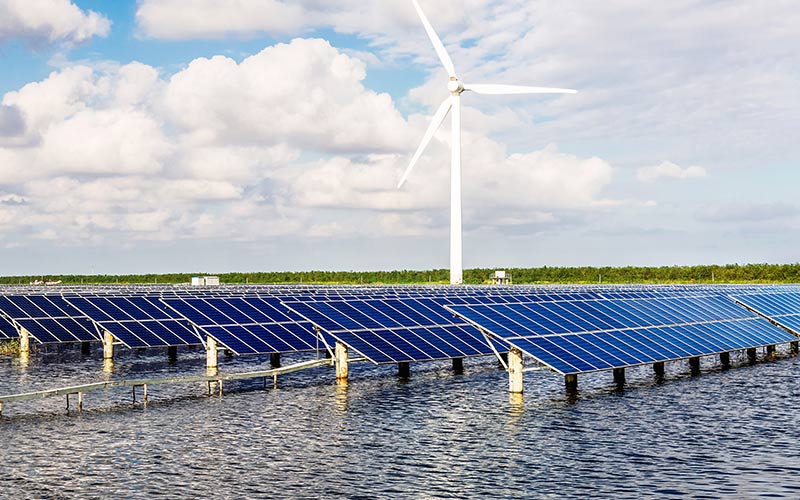Updates in Mining

Chinese Copper Smelters to Lower Output
Chinese copper smelters are expected to reduce production or extend maintenance in 2025 to cope with a major shortage of copper concentrate, according to Mining Weekly. The anticipated one million metric ton shortage is the result of global mine disruptions and rising smelter capacity and could see China’s copper smelting to drop to as low as 75% usage capacity.

Critical Mineral Shortages Stifling Energy Transition
Challenges in getting critical minerals are putting the global energy transition at risk according to new research from GlobalData. Mineral depletion, resource distribution, geopolitical tensions, and other factors are creating roadblocks in the face of unprecedented demand and hampering energy transition efforts.

China Adds to Gold Reserves
China has found gold reserves in Hunan worth nearly $83 billion, Reuters reports. Hunan Academy of Geology unearthed more than 40 gold ore veins in Pingjiang county, with the highest grade reaching 138 grams per metric ton.

Copper From Algae
CIM Magazine is reporting on exciting research out of Brock University in St. Catharines, Ontario, where researchers are collaborating with copper extraction company Destiny Copper to study the extraction of copper from algal blooms in Lake Erie. The group is trialing various extraction methods, both physical and chemical. While the work is still in the early stages, researchers are hoping they can develop a viable source of copper for industry and expand the same approach to other metals.
Updates in Fertilizer

India to Stop Urea Imports in Favor of Domestic Green Production
India’s Ministry of Chemicals and Fertilizer wants to build sustainable domestic production of urea, with a goal of ending urea imports by 2025. While domestic production is already in place, plans involve producing green urea through the capture of CO2 emissions from high-emission industries, generating hydrogen through sustainably powered water electrolysis, and extracting nitrogen from the atmosphere for significant carbon emissions reduction. Read more from Fertilizer Daily >>

Canada Invests in Sustainable Agriculture
Canada’s Minister of Agriculture and Agri-Food announced over C$7.2 million in funding for projects aimed at advancing sustainable agriculture technology, according to World Fertilizer. Four projects will receive funding through the AgriInnovate Program, one of which will see Canada’s first large-scale potassium sulfate (SOP) production plants.

Improvements in Zinc Nutrient Use Efficiency
Global zinc deficiency in soils could get some help from research coming out of the University of Adelaide. Researchers used the University of Saskatchewan’s Canadian Light Source facility to illustrate how zinc solubility and availability could be improved by lowering the pH of fertilizer. Further, researchers developed a coating to enhance zinc’s uptake by separating it from the phosphate component. Read more from Fertilizer Daily >>
Updates in Chemical

New Online Tool from ACC
The American Chemistry Council (ACC) has developed a new online tool to replace their annually printed Guide to the Business of Chemistry. The Economic Elements of Chemistry (EEC) demonstrates how the chemical industry supports American growth and economic leadership, providing details on everything from jobs to innovation, and so much more.

DOE Funds Extracting Value from Wastewater
In another effort to secure a domestic supply of critical minerals, the U.S. Department of Energy (DOE) Advanced Research Projects Agency-Energy (ARPA-E) has announced $36 million in funding to extract critical metals and high energy-value materials such as ammonia from wastewater. The RECOVER (Realize Energy-rich Compound Opportunities Valorizing Extraction from Refuse waters) program is aimed at utilizing the value currently locked up in the nation’s vast amounts of wastewater.
Like what you’re reading? Subscribe to our blog for industry updates and expert advice on bulk solids processing and handling.


